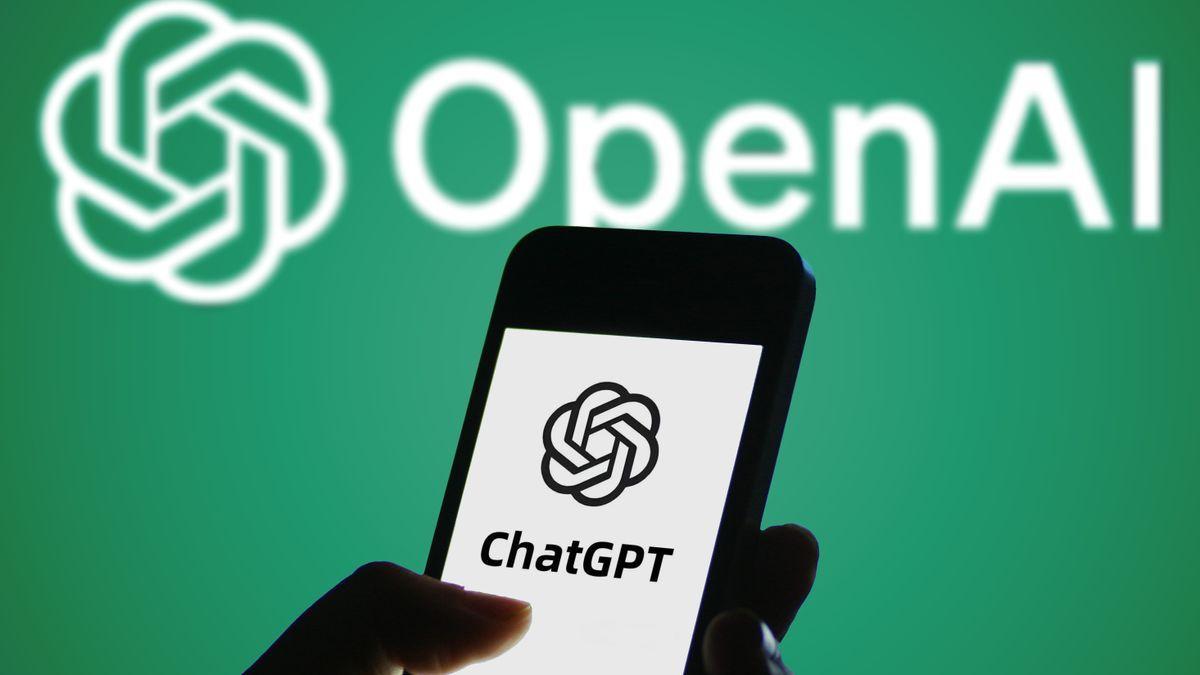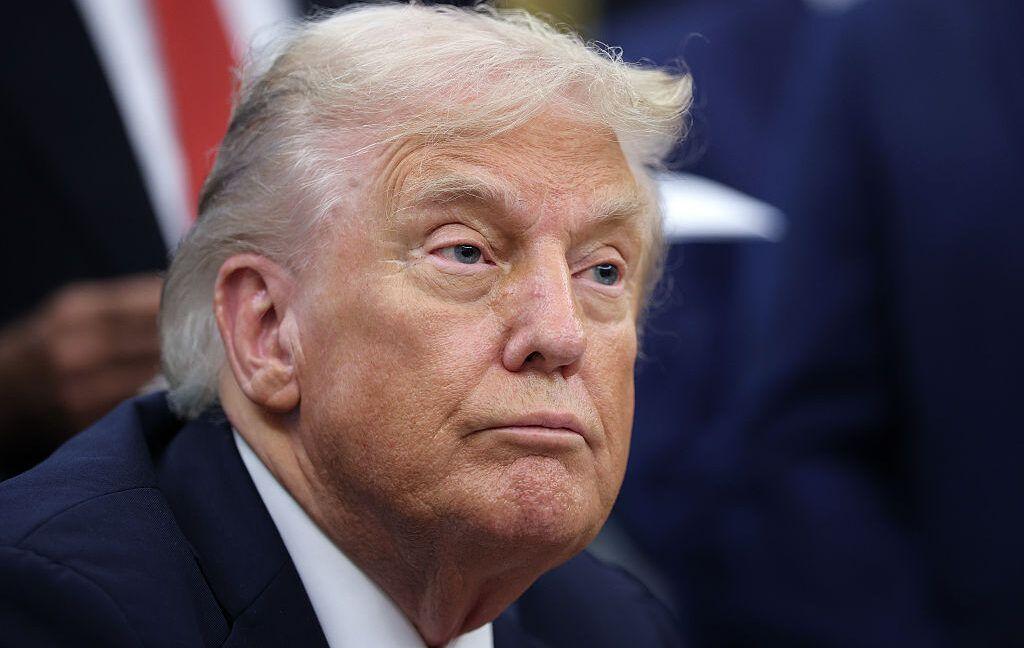Goldman Sachs Announces Job Cuts and AI Integration in 'OneGS 3.0' Strategy
4 Sources
4 Sources
[1]
Goldman Sachs eyes job cuts and hiring slowdown amid AI push, memo shows
Oct 14 (Reuters) - Goldman Sachs (GS.N), opens new tab has informed employees of potential job cuts and a hiring slowdown through the end of the year, according to an internal memo seen by Reuters, as the Wall Street giant aims to use artificial intelligence to enhance productivity. "The rapidly accelerating advancements in AI can unlock significant productivity gains for us, and we are confident we can re-invest those gains to continue delivering world-class solutions for our clients," said the memo, signed by CEO David Solomon, President John Waldron and CFO Denis Coleman. A spokesman for the firm said the company still expects to finish with a net increase in overall headcount. Calling the initiative "OneGS 3.0", the memo said some of the priorities for its AI initiative are sales and client on-boarding process, as well as other critical areas such as lending processes, regulatory reporting, and vendor management. Goldman made major leadership changes this year, introducing co-heads across its major divisions and adding six new members to its management committee. The firm also created a new financing division. The Wall Street giant also pulled forward annual staffing cuts to the second quarter this year from September. The exercise typically targets a headcount reduction of 3% to 5% based on performance. Reporting by Ateev Bhandari in Bengaluru and Saeed Azhar in New York; Editing by Leroy Leo and Nick Zieminski Our Standards: The Thomson Reuters Trust Principles., opens new tab
[2]
Goldman tells staff it will cut more jobs as AI saves costs | Fortune
The New York-based firm said it would "constrain headcount growth through the end of the year" and is planning a "limited reduction in roles across the firm," according to a memo to staff Tuesday morning seen by Bloomberg News. Still, the firm expects to finish the year with an increase in overall headcount, Jennifer Zuccarelli, a spokesperson for the bank, added by phone. The firm's headcount was 48,300 at the end of September, about 1,800 more employees than at the end of last year. In the note to staff, which announced the launch of the bank's "OneGS 3.0" strategy, top executives touted the efficiency gains produced by AI as a path to more growth. They added that it would be a "multiyear effort" to implement AI in areas such as client on-boarding, lending processes, regulatory reporting and vendor management. "While we are still in the early innings in terms of assessing where AI solutions can best be deployed, it's become increasingly clear that our operational efficiency goals need to reflect the gains that will come from these transformational technologies," Chief Executive Officer David Solomon, President John Waldron and Chief Financial Officer Denis Coleman said in the memo. For Goldman to "fully benefit from the promise of AI, we need greater speed and agility in all facets of our operations," they added. "This doesn't just mean retooling our platforms." Goldman shares fell earlier Tuesday after the bank reported higher expenses in its third-quarter results, though it also posted a jump in investment-banking revenue that outpaced rivals. The bank cut jobs earlier this year in its normal annual exercise, with net headcount 700 lower at the end of the second quarter than three months earlier.
[3]
Goldman Sachs to have more layoffs? Here's the key reason and what is new OneGS 3.0 strategy and effect on stock price
Goldman Sachs to have more layoffs as the global investment bank plans another round of job cuts this year. The decision comes as Goldman Sachs launches its "OneGS 3.0" strategy, which focuses on integrating Artificial Intelligence (AI) across its operations. The move aims to streamline costs, improve efficiency, and align its workforce structure with new technological tools. Goldman Sachs layoffs 2025 are part of the bank's broader plan to balance hiring in growth areas while reducing roles that can be automated through AI systems. Goldman Sachs Group Inc. has told its employees to expect another round of layoffs in 2025. The decision is part of its ongoing efforts to save costs and use Artificial Intelligence (AI) to improve its operations. According to a memo seen by Bloomberg News, the firm said it would "constrain headcount growth through the end of the year" and conduct a "limited reduction in roles across the firm." The message was shared with staff on Tuesday morning. Although the memo confirmed upcoming job cuts, Goldman Sachs expects to end the year with a net increase in its total workforce. The company's headcount stood at 48,300 employees at the end of September, around 1,800 more than at the end of last year, according to spokesperson Jennifer Zuccarelli. The new strategy, called "OneGS 3.0," aims to boost operational efficiency and long-term growth through AI-driven systems. Goldman Sachs leaders explained in their internal note that AI would be applied to several business functions such as client onboarding, lending processes, regulatory reporting, and vendor management. Chief Executive Officer David Solomon, President John Waldron, and Chief Financial Officer Denis Coleman jointly signed the memo. They said that while the company is still in the early stages of using AI, it is clear that the new technology will reshape how the bank works. "While we are still in the early innings in terms of assessing where AI can best be deployed, it's become increasingly clear that our operational efficiency goals need to reflect the gains that will come from these transformational technologies," the memo stated. The leadership added that the bank must achieve greater speed and agility across all areas to take full advantage of AI opportunities. "This doesn't just mean retooling our platforms," they said, implying a broad internal change in how business operations are managed. Earlier this year, Goldman Sachs completed another round of layoffs as part of its annual workforce review. The company's total headcount dropped by around 700 employees during the second quarter compared to the previous three months. Despite the earlier layoffs, the firm continues to expand in some divisions, balancing workforce reduction in certain areas with growth in others. The new round of layoffs will likely affect non-core roles and departments where AI systems can take over manual or repetitive processes. Goldman Sachs's stock price dropped on Tuesday after it reported higher expenses in its third-quarter results. However, its investment-banking revenue increased, surpassing performance from some competitors. The announcement of possible job cuts came shortly after the results, signaling that the bank is moving to control costs while investing in AI initiatives. The "OneGS 3.0" initiative highlights Goldman Sachs's intention to integrate AI across its operations over the next few years. The plan is described as a multi-year effort, meaning the bank will gradually expand AI use in various departments while managing headcount carefully. Executives believe that combining AI with core business strategies will make processes faster and more consistent. Areas such as client service, compliance reporting, and vendor management are expected to benefit from automation. At the same time, the memo suggested that employees may need to learn new skills as the firm adjusts to more AI-driven workflows. While the layoffs are limited, the long-term goal is to align workforce needs with technological developments. The decision to limit hiring and make selective job cuts reflects a broader shift in the banking industry, where automation and AI are changing traditional roles. Goldman Sachs appears to be taking a cautious but strategic approach, balancing technological investment with workforce optimization. The next few months will show how these adjustments impact the bank's structure, productivity, and profitability. Goldman Sachs has not disclosed how many jobs will be affected in this latest round of layoffs, but the move signals a continued focus on cost discipline and AI efficiency. Goldman Sachs plans more layoffs to reduce costs and realign its workforce while expanding Artificial Intelligence through its new "OneGS 3.0" strategy for greater operational efficiency. The "OneGS 3.0" strategy is Goldman Sachs's plan to use Artificial Intelligence to improve processes like client onboarding, regulatory reporting, and vendor management across its business.
[4]
Goldman Sachs warns of looming layoffs as AI reshapes Wall Street...
Goldman Sachs is preparing for another round of layoffs as part of a sweeping corporate overhaul driven by artificial intelligence, CEO David Solomon's management team told staff in a companywide memo obtained by The Post. The Wall Street powerhouse will "constrain headcount growth through the end of the year" and carry out a "limited reduction in roles across the firm," according to the Tuesday memo -- the same day the bank reported record third-quarter profits. "Even when the business is performing well, we have an obligation to review our operations carefully and position the firm for the future," Goldman management wrote. "We don't take these decisions lightly, but this process is part of the long-term dynamism our shareholders, clients, and people expect of Goldman Sachs." Goldman's global headcount stood at 48,300 as of Sept. 30, nearly 2,000 more than a year earlier. "The firm will finish the year with a net increase in headcount overall," Jennifer Zuccarelli, a Goldman spokesperson, told The Post. News of the memo was first reported by Bloomberg News. The memo said the move comes as Goldman launches a new phase of its "One Goldman Sachs" framework, dubbed OneGS 3.0, a multi-year effort to "transform the operating system for the firm." The New York-based bank has been one of the biggest beneficiaries of market volatility this year, posting $15 billion in revenue and earnings per share of $12.25 for the July-to-September quarter -- both well ahead of forecasts. But the memo said the firm's next phase of growth would depend on using AI to boost productivity and "re-engineer processes" across divisions. "The rapidly accelerating advancements in AI can unlock significant productivity gains for us," according to the memo. "Our operational efficiency goals need to reflect the gains that will come from these transformational technologies." The memo said the OneGS 3.0 plan would focus on six goals: "enhancing the client experience, improving profitability, driving productivity and efficiency, strengthening resilience and capacity to scale, enriching the employee experience, and bolstering risk management." To achieve those targets, he said, teams will prioritize "front-to-back workstreams" that can benefit from AI-driven process changes, including sales enablement, client onboarding, lending, regulatory reporting, and vendor management. "To fully benefit from the promise of AI, we need greater speed and agility in all facets of our operations," the memo stated. "This doesn't just mean retooling our platforms. It means taking a front-to-back view of how we organize our people, make decisions, and think about productivity and efficiency." The memo marks management's most detailed acknowledgment yet that automation is driving structural change across Goldman's business lines. In June, The Post reported that Goldman rolled out a new in-house generative AI tool, the GS AI Assistant, which is designed to help bankers summarize documents, draft reports and analyze data. Chief information officer Marco Argenti said at the time that "thousands of our people are already using the GS AI Assistant" to "boost productivity." While Goldman said the technology is intended to make employees more efficient, its use has fueled concerns on Wall Street that entry-level and back-office jobs could disappear. A Bloomberg Intelligence study earlier this year predicted that up to 200,000 finance jobs could be lost across the industry within five years as firms adopt AI systems for routine functions. Goldman's planned reductions come as competitors launch sweeping cost-cutting campaigns of their own. Morgan Stanley is slashing 2,000 positions, about 2.5% of its workforce, under new CEO Ted Pick. The cuts are aimed at curbing expenses after a year of slowing deal activity and minimal attrition. JPMorgan Chase has disclosed four rounds of layoffs in 2025, including 88 staffers at its Jersey City office this fall, bringing its local total to more than 400. Meanwhile, Citigroup is pursuing one of the largest restructurings on Wall Street, trimming 20,000 jobs over two years as CEO Jane Fraser simplifies operations and invests in new technology. The overhaul, projected to save $2.5 billion annually by 2026, has flattened management layers and placed divisional leaders in direct contact with the CEO.
Share
Share
Copy Link
Goldman Sachs plans to reduce headcount and slow hiring while implementing AI technologies across its operations. The move is part of the bank's new 'OneGS 3.0' strategy aimed at enhancing efficiency and productivity.
Goldman Sachs Announces 'OneGS 3.0' Strategy
Goldman Sachs, the Wall Street giant, has unveiled its new 'OneGS 3.0' strategy, which aims to integrate artificial intelligence (AI) across its operations while implementing job cuts and slowing down hiring. The announcement comes as the bank seeks to enhance productivity and operational efficiency in an evolving financial landscape
1
.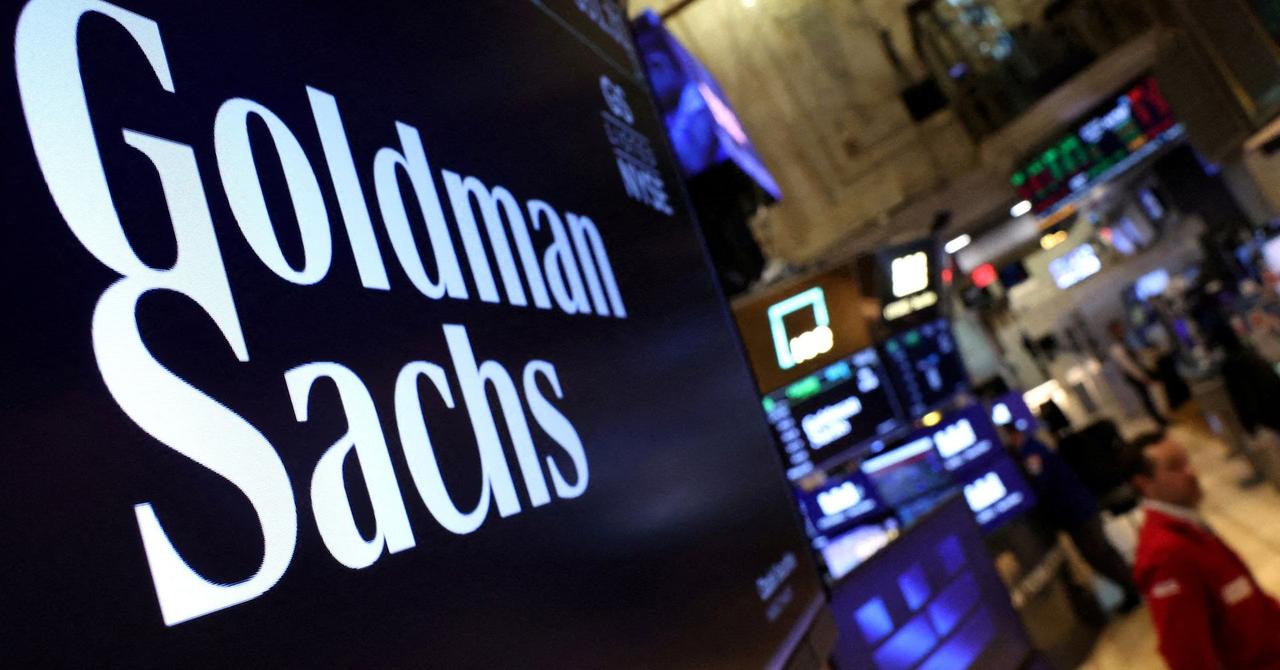
Source: Reuters
Job Cuts and Hiring Slowdown
In an internal memo sent to employees, Goldman Sachs informed staff of potential job cuts and a hiring slowdown through the end of the year. The firm plans to 'constrain headcount growth' and implement a 'limited reduction in roles across the firm'
2
. Despite these measures, the company expects to finish the year with a net increase in overall headcount, according to spokesperson Jennifer Zuccarelli3
.AI Integration and Efficiency Gains
The 'OneGS 3.0' strategy focuses on leveraging AI to unlock significant productivity gains across various aspects of the bank's operations. Key areas targeted for AI implementation include:
- Sales and client onboarding processes
- Lending processes
- Regulatory reporting
- Vendor management
1
CEO David Solomon, President John Waldron, and CFO Denis Coleman emphasized that while they are still in the early stages of assessing AI deployment, it's clear that operational efficiency goals need to reflect the gains expected from these transformational technologies
2
.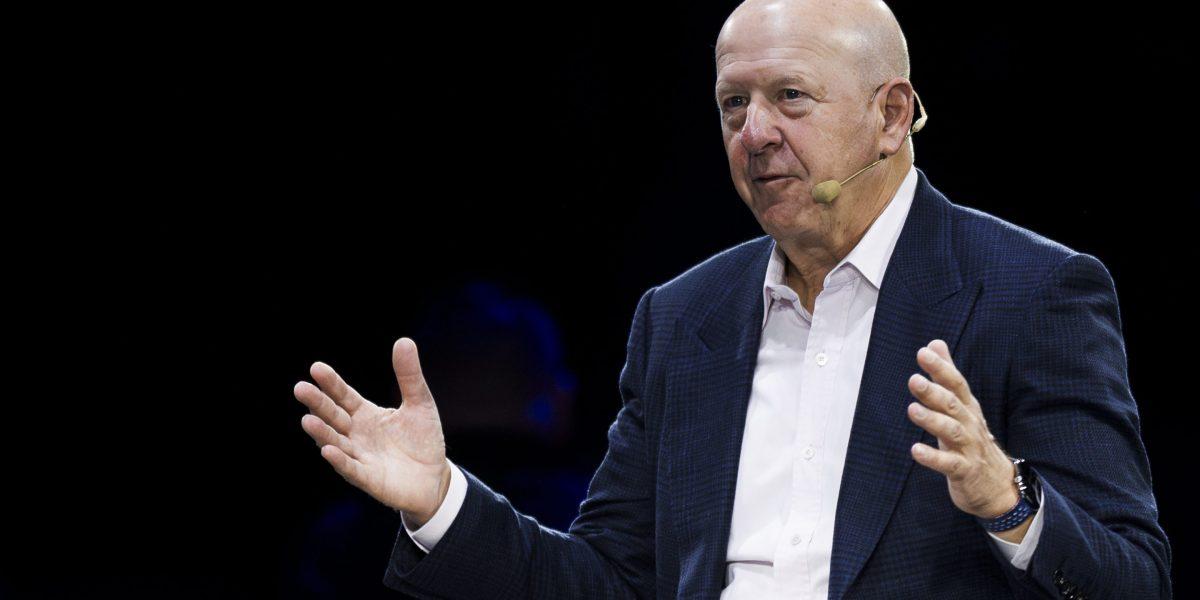
Source: Fortune
Impact on Workforce and Operations
The integration of AI is expected to reshape how the bank operates, potentially affecting various roles across the organization. While Goldman Sachs plans to reduce headcount in certain areas, it also aims to balance this with growth in others. The bank has already introduced an in-house generative AI tool, the GS AI Assistant, designed to help bankers summarize documents, draft reports, and analyze data
4
.Related Stories
Industry-wide Trend
Goldman Sachs' move reflects a broader shift in the banking industry, where automation and AI are changing traditional roles. Other major banks, including Morgan Stanley, JPMorgan Chase, and Citigroup, are also pursuing cost-cutting measures and technological investments
4
. A Bloomberg Intelligence study earlier this year predicted that up to 200,000 finance jobs could be lost across the industry within five years as firms adopt AI systems for routine functions.Financial Performance and Future Outlook
Despite the announcement of potential job cuts, Goldman Sachs reported strong financial performance in its third-quarter results. The bank posted $15 billion in revenue and earnings per share of $12.25 for the July-to-September quarter, both well ahead of forecasts
4
. However, the firm's stock price dropped following the release of these results, possibly due to higher reported expenses.As Goldman Sachs moves forward with its 'OneGS 3.0' strategy, the bank aims to strike a balance between technological innovation, cost management, and workforce optimization. The success of this initiative will likely shape the future of not only Goldman Sachs but also set a precedent for the broader financial industry in the age of AI.
References
Summarized by
Navi
[4]
Related Stories
Goldman Sachs Introduces AI Assistant, Signaling Shift in Wall Street's Workforce
22 Jan 2025•Business and Economy

Goldman Sachs Launches AI Assistant Firmwide, Joining Wall Street's AI Revolution
24 Jun 2025•Business and Economy
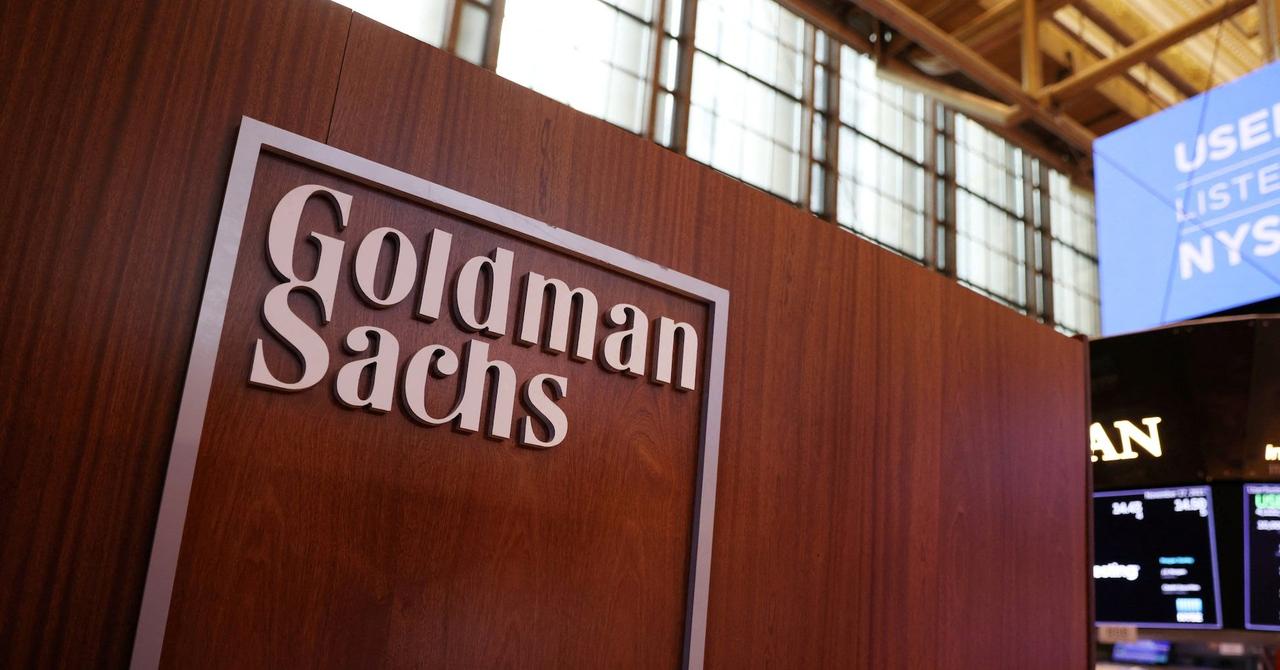
Goldman Sachs Survey: AI Not Yet Driving Mass Layoffs, But Major Job Cuts Expected Within Three Years
31 Oct 2025•Business and Economy


